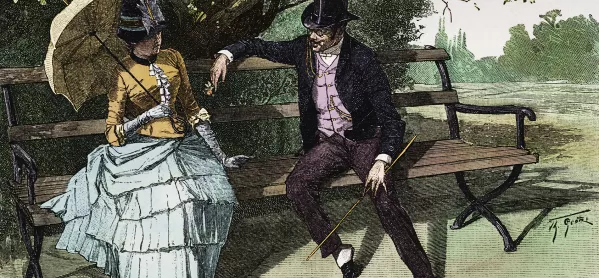Last October, Alyssa Milano wrote a Tweet asking for anyone who had been “sexually harassed or assaulted” to reply with “me too.”
She received 12 million comments within the first 24 hours.
Since then, millions more tweets have been posted worldwide using the #MeToo hashtag as women and men have come forward with stories of abuse. Some cases have been brought to court, such as the allegations against Hollywood director Harvey Weinstein.
#MeToo
A few months after #MeToo began, the U.S. nonprofit Stop Sexual Assault in Schools created the hashtag #MeTooK12 as a place for students to speak out about sexual assault.
I expected a big response, but while #MeTooK12 may have started a conversation in some schools and allowed some students to speak up, it has not caught fire like the world-wide phenomenon #MeToo.
Students, especially girls, experience unwanted or forceful sexual advances from a very young age. I teach a Women’s Studies course in the US for 17-18 year old students. Every year, I hear reports from my students about unwanted sexual advances they receive.
One student is a lifeguard and she has been asked on multiple occasion by older men to take a picture with them while she is in her bathing suit.
Another student delivers takeout for a local restaurant. She has repeatedly been asked to come inside customers’ houses or harassed to go on dates.
Another student worked with a tutor outside of school who discussed porn with her.
All of my students have at one point or another been sent an unsolicited picture of male genitalia on Snapchat.
Lack of trust
Students learn very clearly what rape is and how to report it. However, they are still in the dark about how to address these types of incidents. These kind of incidents do not often get reported, even when they occur in school.
My students say it is better to try to forget and move on rather than risk the ordeal of reporting. They also feel that reporting the incident may have no effect, so what is the point?
As educators, we need to be more aware of what is happening in our schools and address it in the classroom. Students are afraid of reporting, both because it may be ineffective and because they risk being ostracized socially. If we enable students to anonymously share stories, like I did in my classroom, we could begin to see how students are really affected by sexual violence on a daily basis.
Take a role
I think we would be shocked at the enormity of the situation.
We can’t address what we can’t see, so the first step is to ensure our students - male and female - have clearly publicised and anonymous routes to tell their story.
The effect will be two-fold. First, once students see they are not alone they may begin to report these incidents with higher frequency. This is something we saw with #MeToo.
Secondly, once we know how our students are affected in school, we can begin to incorporate this evidence in the classroom. Are our lessons in school equipping students to live in this kind of world?
Rebecca McGrath is a teacher in the US




